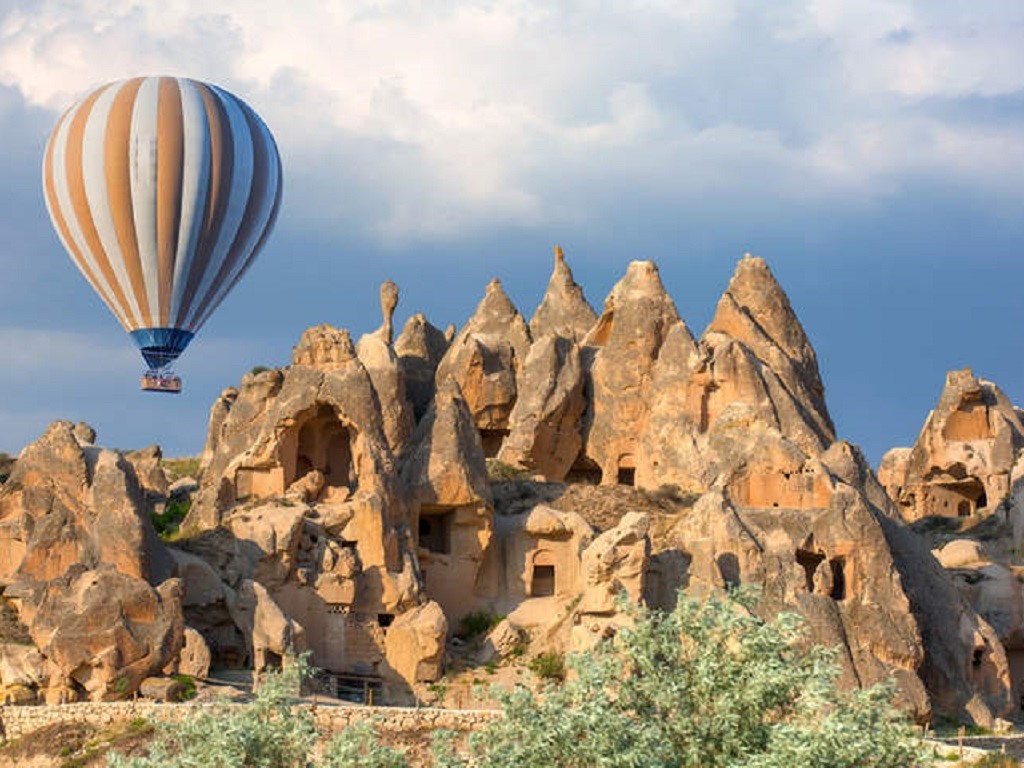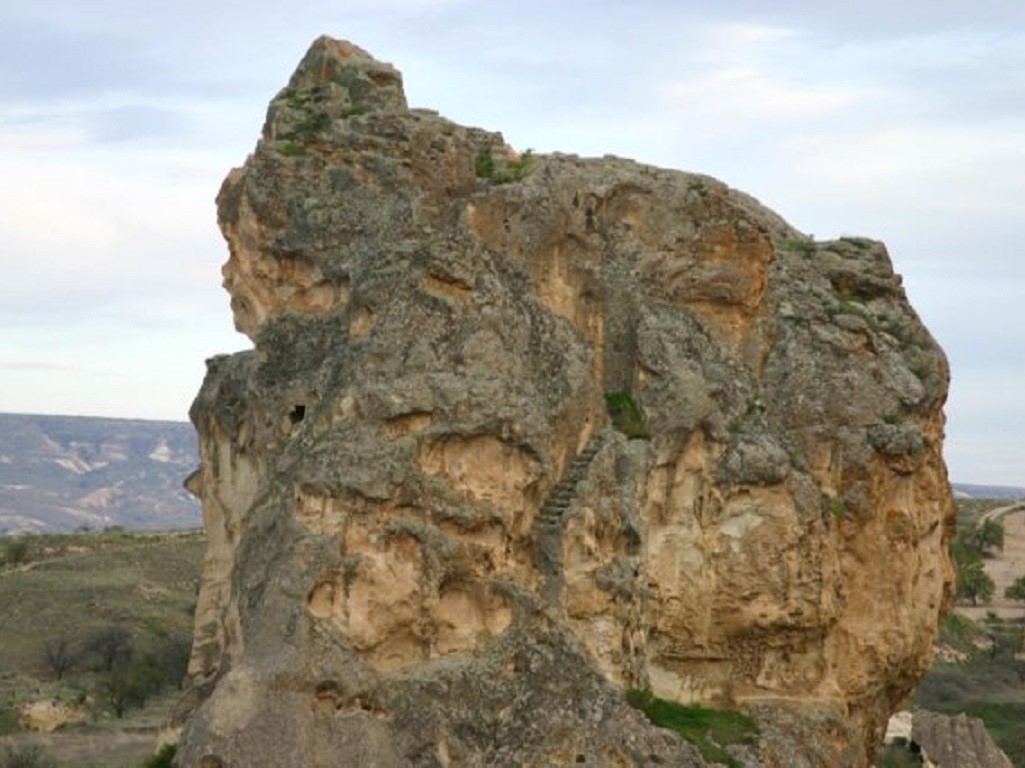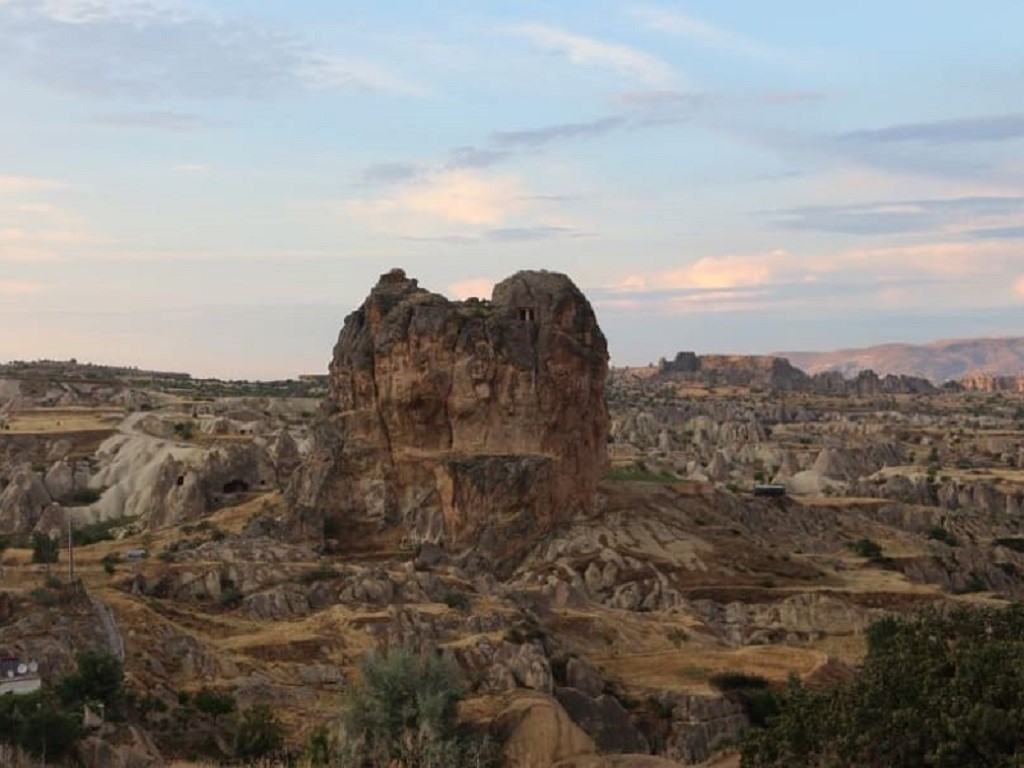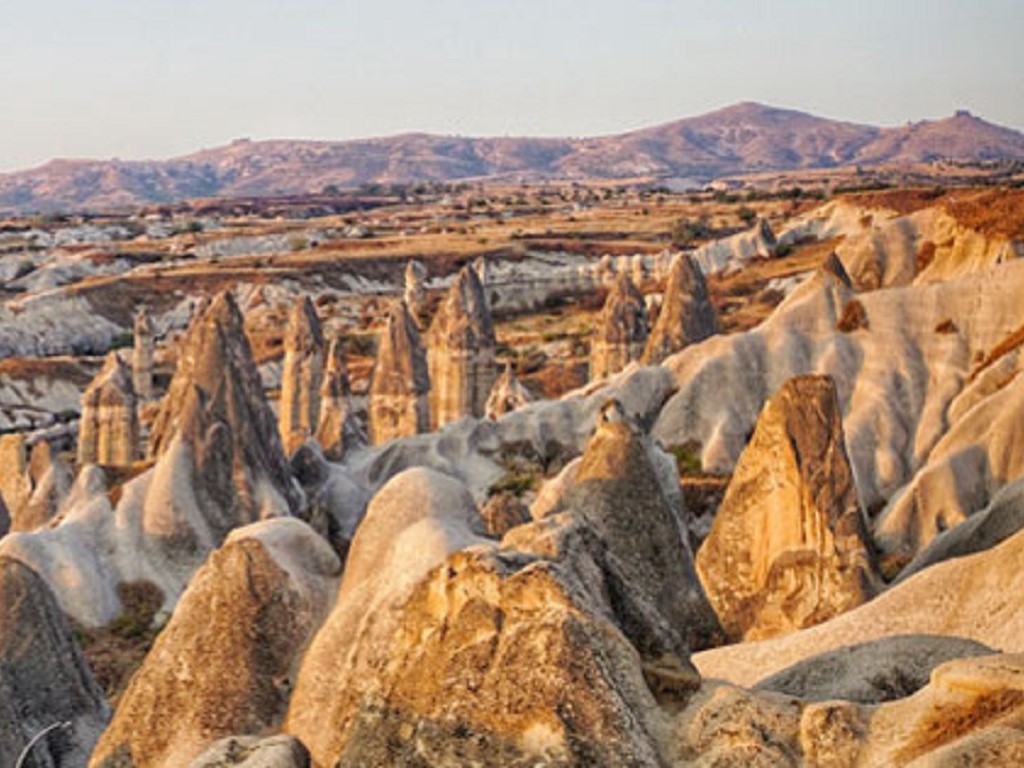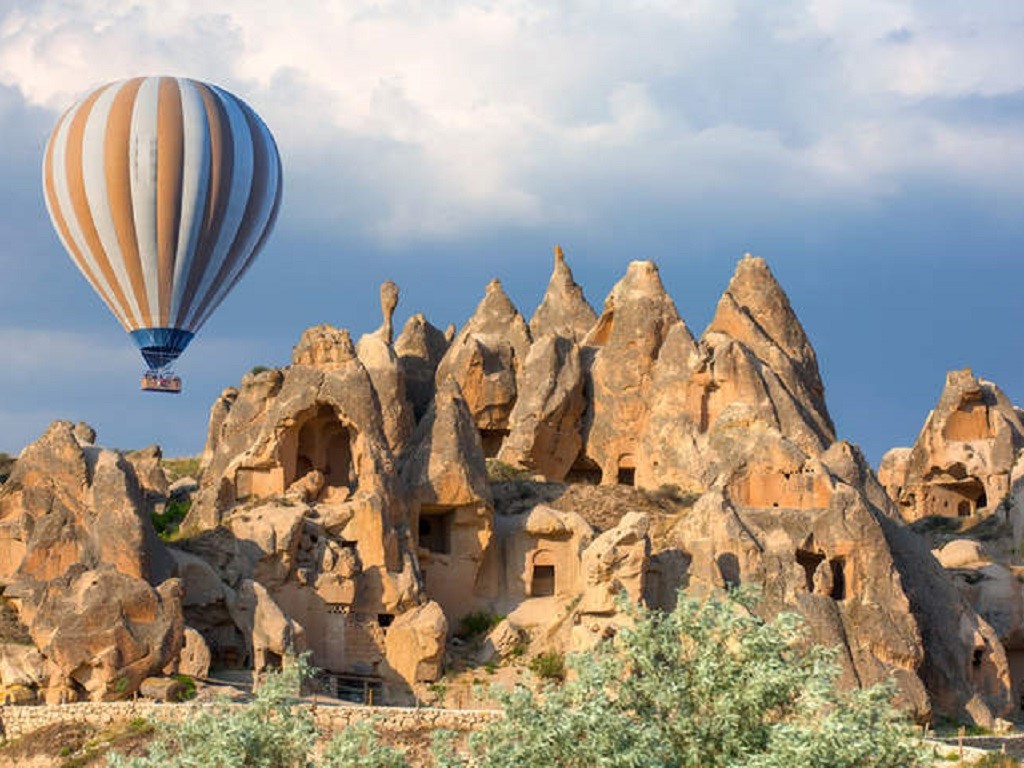History of Cappadocia
Cappadocia is a touristic region that attracts a lot of attention from both our local and foreign guests today. The Cappadocia region is within the borders of our Nevşehir province. Districts and towns such as Göreme, Uçhisar, Avanos, Ürgüp, Ortahisar are the points that make up Cappadocia. While visiting Cappadocia It is also very important to learn its history. Let's take a look at where the history of Cappadocia goes, how it was formed and how it was shaped.
The formation of the caves and fairy chimneys that make up Cappadocia began with the lava and ash sprayed by the volcanic eruption of Erciyes Mountain, Hasan Mountain and Güllü Mountain, which took place 60 million years ago, falling into the region.
The soft layers formed on the earth have turned into fairy chimneys over the years due to the erosion of rain, wind and different weather events. The settlement and living space of the first people in Cappadocia dates back to the Paleolithic Age. This period includes the Paleolithic Age. In other words, the history of Cappadocia dates back approximately 10 thousand years. The civilization that settled down after many nomadic communities lived in the region was the Hittites. After the end of the Hittite era in the 12th century BC, Assyrians and Phrygians also lived in the Cappadocia region. Both the topographic structure of the region and the existence of a water source due to Kızılırmak provide great advantages. Shelter areas were also created as a result of carving and easily shaping rocks and caves. Carving activities have progressed over the years and rooms, tombs, commercial areas, places of worship, etc. used for various purposes have been created. . Complex structures have turned into underground cities. Today, we can see examples of underground cities in Derinkuyu and Kaymaklı. Getting to know the region by taking into account its historical information while visiting various valleys, open-air museums, fairy chimneys and tourist areas of Cappadocia can leave more permanent traces.
